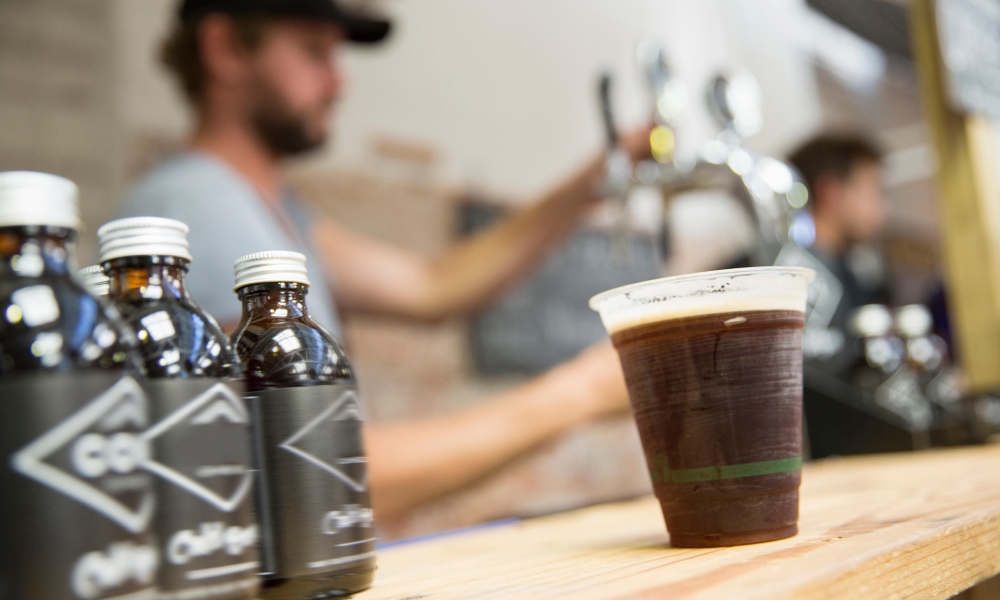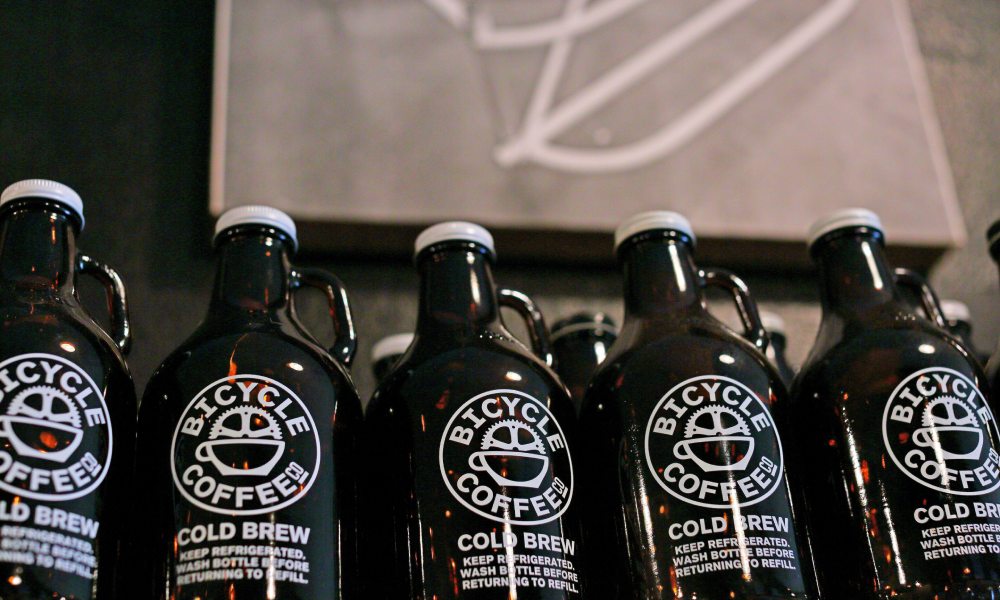Cold brew opens up new food safety concerns
Jordan Montgomery speaks with Krzysztof Barabosz about the food hygiene risks of cold brew, and what coffee shops can do to mitigate them.
The rise of cold brew has been meteoric – so much so that some businesses may have omitted to appreciate the additional food safety risks.
The cold brew market grew by more than 26% in 2021 and is projected to reach a value of over $1.3 billion before 2025. While food safety concerns related to cold brew aren’t new, the recent surge in its popularity has brought more attention to the issue. Many in the industry are now seeking clarification of food safety protocols related to producing, processing, and storing cold brew.
Across the supply chain, coffee is exposed to many microbial risks during processing and production. This ranges from fungal and bacterial contamination during harvesting and fermentation, to risks during transport and its preparation into a consumable product. Specific microbial contaminants include bacteria such as E. coli and Enterobacteriaceae (including Salmonella).
Roasting coffee greatly minimises the risk of contamination, and brewing with heat makes microbial concerns basically negligible. However, as there’s no heating process in the production of cold brew, special hygiene requirements are required to manage these risks.
“Cold brew production involves the use of water and coffee grounds over an extended period without heat treatment – this environment is conducive to the growth of various microorganisms, including bacteria, yeast, and moulds,” says Krzysztof Barabosz, head of coffee at Hard Beans.
“Contaminants can come from the coffee beans, equipment, and the production environment. Without proper controls, these microorganisms can proliferate and pose health risks to consumers.”
In 2017, the US Food and Drug Administration (FDA) recalled a canned nitro cold brew because the manufacturer found that its processing could foster the growth of a toxin. This toxin can lead to illnesses that attack the body’s nerves and even be fatal. Such cases are rare, and luckily with this incident, no one reported a sickness from consuming the product.
With the demand for cold brew booming, the need for more rigorous food safety processes will not only ensure the safety of more customers, but could also safeguard the future of this emerging drink category.

Danger zone
One key factor that makes cold brew production vulnerable to microbial contamination is its acidity. Coffee is an acidic substance, with cold brew typically having a pH range of between 4.85 and 5.10. While this range is not conducive to the growth of many harmful bacteria, Krzysztof explains that microbial growth can multiply during brewing and storage – especially if the equipment isn’t adequately sanitised.
“The potential for microbial growth is compounded by the nature of the cold brew extraction process,” he says. “Because cold brew coffee is made using cold water and steeped for an extended time, there’s a possibility that microorganisms present on the coffee grounds or in the water can multiply over this duration.”
Brewing, storing, and serving cold brew at the correct temperatures is another significant factor for cold brew.
“The ‘danger zone’, which spans temperatures between 5°C (41°F) and 60°C (140°F), is a critical range in which harmful microorganisms can rapidly proliferate in food, potentially causing foodborne illnesses,” Krzyztof says.
“Cold brew coffee, despite being a chilled beverage, is not exempt from the risks posed by this temperature range, especially during various stages of its production, storage, and service.”
One major concern is botulism – an illness caused by a toxin produced by the bacteria Clostridium botulinum (C. bot.). When consumed, it attacks the body’s nerves and causes symptoms such as muscle paralysis, breathing difficulties, and can cause death.
The National Coffee Association lists this as the “primary source of danger” in mishandled cold brew, explaining that it can be found in canned, bottled or kegged versions. Although only around 110 botulism cases are reported in the USA each year, its potential risk has prompted widespread recalls of cold brew, oat drink, and low-fat milk.
“Botulism risk arises when conditions become anaerobic (low oxygen) and the pH levels rise, as might occur after in sealed or airtight containers like kegs,” Krzysztof says.
“These conditions can enable the growth and toxin production of [C. bot.], particularly if the cold brew is brewed and stored for a few days above the recommended temperature range.”

Reacting to food safety concerns
Cold brew is mostly safe to drink, but contamination can happen due to lapses in hygiene during the production process. This means it is essential for manufacturers and coffee shops to be vigilant in handling practices.
The most common errors causing microbial contamination are insufficient staff training and poor personal hygiene. However, Krzysztof believes the primary cause is inadequate equipment sanitation
“In my opinion, it is the most common contributor,” he says. “Insufficient cleaning and sanitisation of equipment and surfaces used during cold brew production can introduce and promote the growth of harmful microorganisms.”
Due to the large number of risks that can occur at any time during the production process, manufacturers and coffee shops are increasingly adopting food safety plans and certifications to ensure safe practices.
Large producers and co-packing facilities must comply with regulations and obtain necessary certifications. An example of this is the low-acid canned food (LACF) certification, which is mandatory for all non-alcoholic consumables in the US.
For retailers, food safety plans ensure all consumable products – including cold brew – meet certain safety standards. For instance, a Hazard Analysis and Critical Control Points (HACCP) plan has seven key steps that help reduce contamination risks.
“By implementing a HACCP Plan, retail locations can systematically identify potential hazards, apply appropriate controls, and ensure that critical safety measures are consistently met throughout the cold brew production and distribution chain,” Krzysztof says.
While HAACP plans and similar food safety protocols are effective in reducing contamination risks, they are typically not mandatory in retail settings as long as brewing and serving conditions remain outside the temperature “danger zone”.
However, as the cold coffee segment grows and gains more market share, enforcing strict safety protocols from production to retail could become vital in ensuring a consistent and safe product.
“As the global demand for cold brew continues to rise, the need for industry-wide education, standardisation of practices, and regulatory oversight becomes increasingly evident,” Krzysztof says.
“Ensuring consistent food safety practices in cold brew production and serving is crucial to maintaining consumer safety and upholding the quality of cold brew products worldwide.”
While actual instances of health issues from consuming cold brew are rare, the risk of product recalls or failing food safety certifications is very real. As the segment gains more market share, it’s crucial for businesses to establish proper procedures sooner rather than later.








